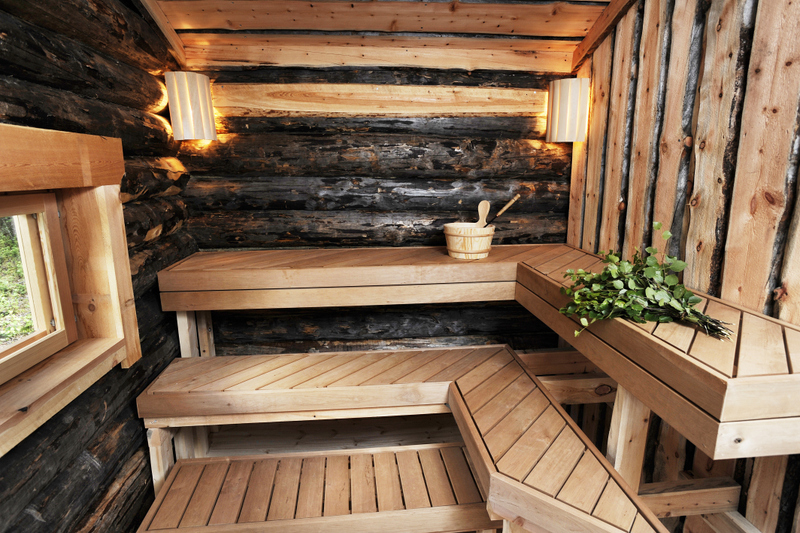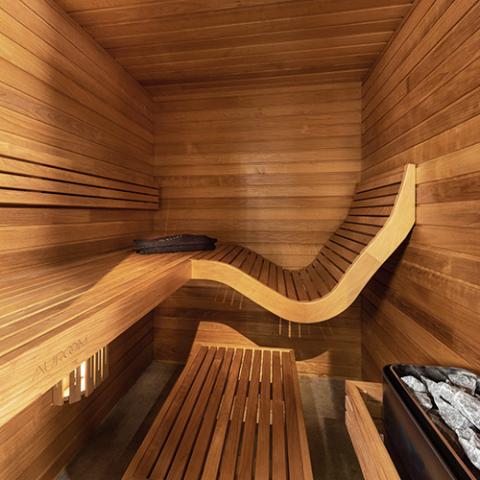Little Known Questions About Traditional Sauna.
Little Known Questions About Traditional Sauna.
Blog Article
Indicators on Traditional Sauna You Should Know
Table of ContentsThe Buzz on Traditional SaunaThe 20-Second Trick For Traditional SaunaThe smart Trick of Traditional Sauna That Nobody is DiscussingFacts About Traditional Sauna Uncovered
A lot of the weight shed in a sauna is water loss and is re-gained upon rehydrating. Nevertheless, without a question sauna can be an integral part of a healthy weight management program. To check out the differences in between conventional and IR saunas, I will certainly separate these right into proven, academic, and made distinctions.Thus, the best point in the saunawhich goes to the ceiling directly above the sauna heateris generally between 185 and 190 F. Traditional Sauna. Claims that a standard sauna surpasses 200 F is simply not true and not suitable for electrical saunas marketed in the United States. The temperature level for a far-infrared sauna is normally set between 120 and 140 F; nonetheless, unlike the conventional sauna, the goal in and IR space is not to attain a high temperature
Since of this, the temperature difference is practically unimportant, because extreme sweating causes both sauna types, but the technique of heating up the body is various. In an IR sauna the bather will certainly feel hot and will certainly sweat profusely, yet at much reduced temperatures. Therefore, if the goal is to spend longer durations of time in the sauna, the IR sauna is a great selection.

8 Easy Facts About Traditional Sauna Explained
When the heat is achieved, the components cycle on and off to preserve the heat. A lot of traditional sauna users appreciate pouring water over the rocks to produce vapor to increase sauna moisture levels. The advantages of pouring water over the rocks include: making the space extra comfy, moistening the nasal flows, and allowing the usage of aromatherapy by mixing vital oils with the water.
In a far-infrared sauna, the heat waves pass through the body to properly heat the body and elevate the body core temperature level. To achieve this boosted temperature, Far-infrared emitters produce infrared energy which is close to the very same wavelength as that which the body naturally emitsoften described as the "Essential Range" of 7 to 14 microns), so the power is well obtained by the body.
When the power enters the body, it creates the body temperature level to raise and eventually leads to sweat. In an infrared sauna it is essential for the emitters/heaters to continue to be on virtually frequently. Given that there is no mass of rocks to retain warm, the sauna will certainly cool if the emitters shut down.
As stated above, the sauna bather in an infrared room wishes to place himself in front of running emitters to obtain optimal gain from the heat. The heating time for both rooms can be very different, depending on how the spaces are made use of. For a standard sauna, a bather a fantastic read should allow 30-40 minutes for the area to accomplish a preferred temperature and to effectively pre-heat the rocks.
Some Of Traditional Sauna
A well constructed sauna will commonly accomplish a temperature level of 150-160 F in concerning 30-40 minutes. For hotter temperatures, the area might need to warm for a longer period.
To some, 15 mins was "wasted" while the infrared power warmed the wood panels as opposed to heating a body, while others discover a pre-heated area to be extra comfortable and think an elevated beginning temperature level is necessary to start perspiring. The length of recommended use for each and every room is around the very same (10-15 mins per session); nonetheless, due to the lower air temperatures and the capability to really feel the results of infrared warmth much faster than a conventional sauna, it is not unusual for a person to spend an overall of 20-30 minutes in an infrared sauna.
Traditional saunas tend to be bigger (thus make use of more power) than infrared saunas, although standard saunas are certainly readily available in one and two individual sizes as well. For a two-person conventional sauna, 5x6 or 5x7 size is most prominent. The top bench can pleasantly seat two or 3 individuals and is also long sufficient to relax throughout the sauna session.


The ordinary expense per kWH of power in the united state is around $0.11, so a 4.5 kW like this heater will certainly set you back about $.50 to compete one hour, if the heater runs continuously for one hour. Generally a sauna heater will certainly run for 75% of the initial hour and 50% of subsequent hours on considering that the elements cycle once the established temperature level is accomplished.
Traditional Sauna - Questions
A two person far-infrared area is typically physically smaller than a typical sauna, often concerning 4' x 4' or smaller sized. The IR heating unit is typically 1.5-1.7 kW making use of a 120 volt 15 amp plug-in service. Considering that the area can be used sooner than a sauna area, we will certainly assume the space is used for to of an hour consisting of warmth up time.
Ultimately, there is a seldom discussed Related Site distinction in the social experience between the 2 spaces. While our culture has actually shed several of the social advantage of the typical sauna experience, it can be extremely socially satisfying. From family time in the sauna, to heart-felt conversations with considerable others, to sauna partiesthe traditional sauna experience can lead to intimate mingling.
Many greater end infrared spaces include colored light treatment, audio systems and full-glass fronts.
Report this page